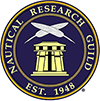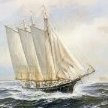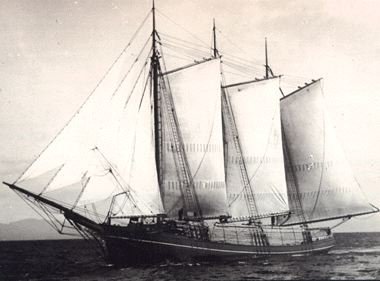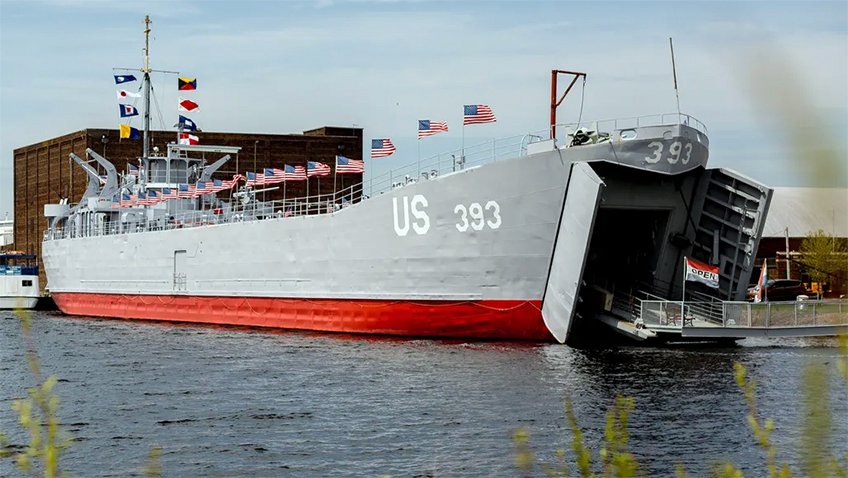-
Posts
346 -
Joined
-
Last visited
About Wawona59

- Birthday 01/04/1959
Profile Information
-
Gender
Male
-
Location
Renton, Washington
-
Interests
Nautical and aviation history, jazz and baroque music, Woodworking, Collecting and using antique woodworking tools
Contact Methods
-
Yahoo
nieuport28@yahoo.com
Recent Profile Visitors
-
 GrandpaPhil reacted to a post in a topic:
Potential 1/48 Higgins PT kit
GrandpaPhil reacted to a post in a topic:
Potential 1/48 Higgins PT kit
-
 Canute reacted to a post in a topic:
Potential 1/48 Higgins PT kit
Canute reacted to a post in a topic:
Potential 1/48 Higgins PT kit
-
 Nirvana reacted to a post in a topic:
Potential 1/48 Higgins PT kit
Nirvana reacted to a post in a topic:
Potential 1/48 Higgins PT kit
-
 Ryland Craze reacted to a post in a topic:
Potential 1/48 Higgins PT kit
Ryland Craze reacted to a post in a topic:
Potential 1/48 Higgins PT kit
-
 Wawona59 reacted to a post in a topic:
Hi - New member
Wawona59 reacted to a post in a topic:
Hi - New member
-
 aaronc reacted to a post in a topic:
Ship models of US Presidents
aaronc reacted to a post in a topic:
Ship models of US Presidents
-
 Ryland Craze reacted to a post in a topic:
At what age would you feel comfortable getting a youngster a beginner ship model?
Ryland Craze reacted to a post in a topic:
At what age would you feel comfortable getting a youngster a beginner ship model?
-
 Geordie Tyne reacted to a post in a topic:
New to wooden ship modeling
Geordie Tyne reacted to a post in a topic:
New to wooden ship modeling
-
 AJohnson reacted to a post in a topic:
Hi - New member
AJohnson reacted to a post in a topic:
Hi - New member
-
 paul ron reacted to a post in a topic:
At what age would you feel comfortable getting a youngster a beginner ship model?
paul ron reacted to a post in a topic:
At what age would you feel comfortable getting a youngster a beginner ship model?
-
My dad introduced me to building stick and tissue balsa model aircraft when I was about 10-11 years old. The finished models were usually only good for one or two flights before they had to be fixed or replaced with another balsa airplane model. Let them choose an appropriate beginner model to keep them interested.
-
 Keith Black reacted to a post in a topic:
New to wooden ship modeling
Keith Black reacted to a post in a topic:
New to wooden ship modeling
-
Glad to have you aboard. There are many excellent modelers at MSW who willingly share their advice to other modelers. Enjoy your ship modeling journey. The fun is in the journey not just the destination. Hope to see some of your modeling work sometime.
-
Welcome to Model Ship World Tom. Now that you've completed that beautiful dory, I'll bet you're now hooked on building wooden ship models. Welcome Aboard!
-
Welcome Aboard Phil! An old friend once told me that once I retired, I would be busier than when I was at work. I can vouch for that. Lots of excellent modelers here on MSW who are willing to help and give advice. Hope you'll consider starting a build log. Welcome!
-
Glad to have you back at MSW
-
Welcome to Model Ship World Eli. Very nice model of the Endurance. There are no hard and fast rules on what goes into a build log. It's really up to the modeler. Most build logs begin with a brief history of the ship. Many then provide a brief description of the kit with several photographs of the kit contents and perhaps your first impression of the kit. Subsequent build posts could include build steps, any challenges you faced and how you addressed them. The most effective logs include several photographs of your build process. There are no deadlines for your log. Just post your progress when you are ready. This not a job. We do this for fun and enjoyment. Welcome Aboard!
-
 Wawona59 reacted to a post in a topic:
New BlueJacket Shipcrafters kit in development: West Coast lumber schooner
Wawona59 reacted to a post in a topic:
New BlueJacket Shipcrafters kit in development: West Coast lumber schooner
-
Welcome to Model Ship World Danny. This is a great modelling community. Would you tell us more about the model you will be building? Welcome Aboard
-

My introduction on Model Ship World
Wawona59 replied to ANDY GRAY's topic in New member Introductions
A very warm welcome to Model Ship World Andy. Nice work on your Endeavor. The Caldercraft Victory will be much more of a challenge than your Endeavor. I recommend that you get a couple of reference books before you begin your Victory build. I like the following books to start with: 1. The Anatomy of Nelson's Ships by Nepean Longridge. This is a classic ship modeling book that will be useful for future builds as well. The fold-out drawings by George Campbell are excellent. 2. Anatomy of the Ship Series: The 100 Gun Ship by John McKay. This book has detailed drawings of the framing and interior spaces of the Victory. Both of these can be purchased at reasonable cost in the used book market. I purchased my copies of each of these from Thriftbooks.com for about $35 each. Best wishes on your Victory build. I do hope that you consider starting a build log. There are a lot of experienced ship modelers on MSW who are willing to answer questions. Welcome Aboard! -

The latest to begin the Model Shipways 3 kit set
Wawona59 replied to Taken Aback's topic in New member Introductions
Welcome to Model Ship World Brian. You are in the right place. There is a lot of experience on this site as well as modelers willing to help. Enjoy your ship modeling journey and don't stress yourself about mistakes, "Mistakes Happen". There really isn't a mistake that can't be fixed. Enjoy the process. Welcome Aboard!
About us
Modelshipworld - Advancing Ship Modeling through Research
SSL Secured
Your security is important for us so this Website is SSL-Secured
NRG Mailing Address
Nautical Research Guild
237 South Lincoln Street
Westmont IL, 60559-1917
Model Ship World ® and the MSW logo are Registered Trademarks, and belong to the Nautical Research Guild (United States Patent and Trademark Office: No. 6,929,264 & No. 6,929,274, registered Dec. 20, 2022)
Helpful Links
About the NRG
If you enjoy building ship models that are historically accurate as well as beautiful, then The Nautical Research Guild (NRG) is just right for you.
The Guild is a non-profit educational organization whose mission is to “Advance Ship Modeling Through Research”. We provide support to our members in their efforts to raise the quality of their model ships.
The Nautical Research Guild has published our world-renowned quarterly magazine, The Nautical Research Journal, since 1955. The pages of the Journal are full of articles by accomplished ship modelers who show you how they create those exquisite details on their models, and by maritime historians who show you the correct details to build. The Journal is available in both print and digital editions. Go to the NRG web site (www.thenrg.org) to download a complimentary digital copy of the Journal. The NRG also publishes plan sets, books and compilations of back issues of the Journal and the former Ships in Scale and Model Ship Builder magazines.





